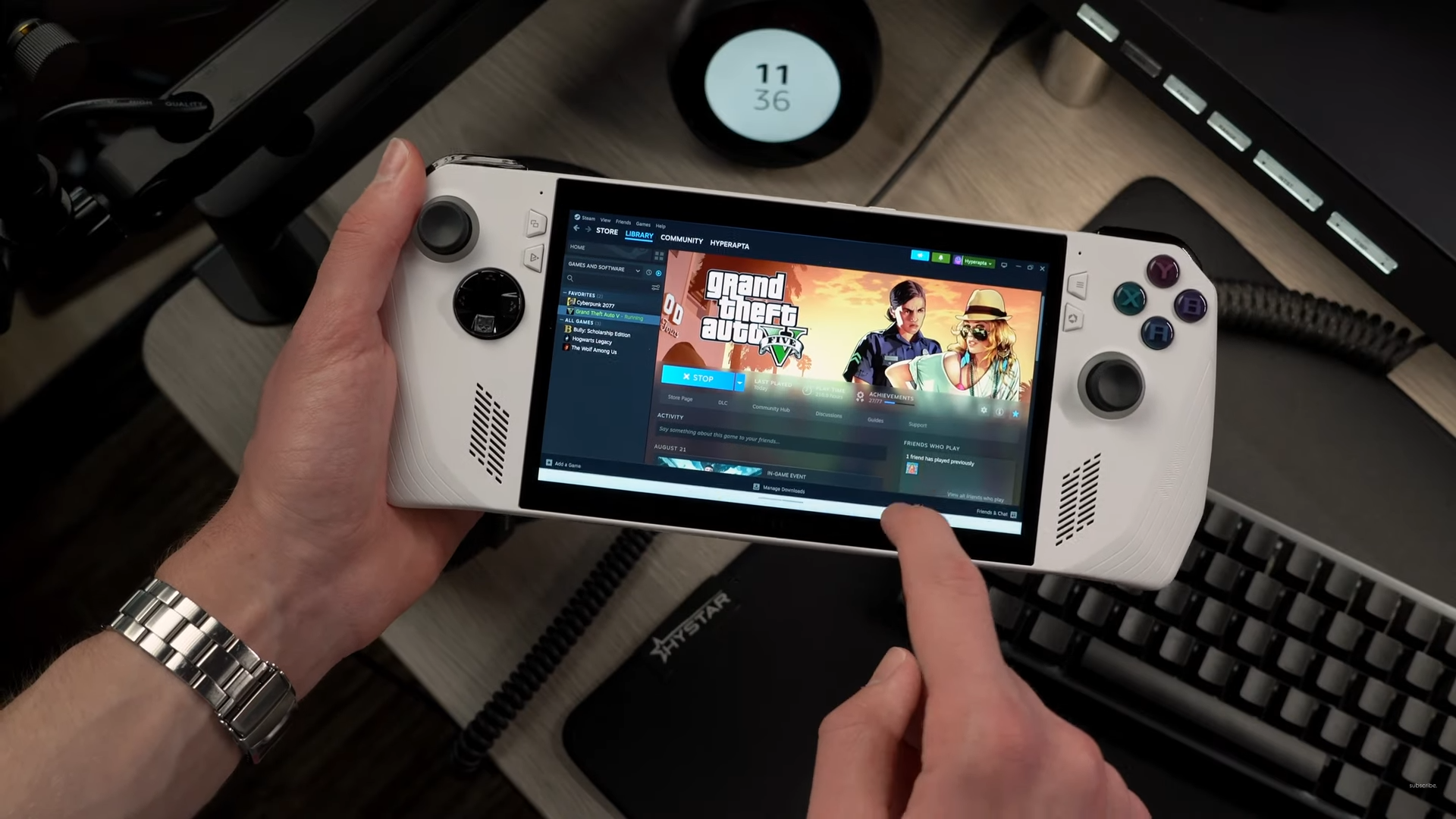Lenovo first dipped its foot into gaming performance devices back in 2017 with the introduction of the Legion series of laptops and PCs. Fast forward to six years later, and the prominent Chinese tech giant is now poised to make a move into handheld gaming with the upcoming Lenovo Legion Go, which will arrive sooner than anticipated with a price tag that's sure to catch attention.
, Lenovo's Legion Go, set to be officially unveiled on September 1, is slated to hit store shelves in October at a price point of $799/€799. Edging the
by a hundred dollars more, it's natural to wonder if Lenovo's aspirations might be reaching a touch too far, especially when considering certain revealed specifications.
Without the controllers attached, the dimensions of the Legion Go measure around 8 inches in length and 5 inches in width, with a weight of approximately 1.4 pounds. Once you attach the controllers, the portable PC extends by 3 inches in length and increases in weight, reaching almost 2 pounds.

